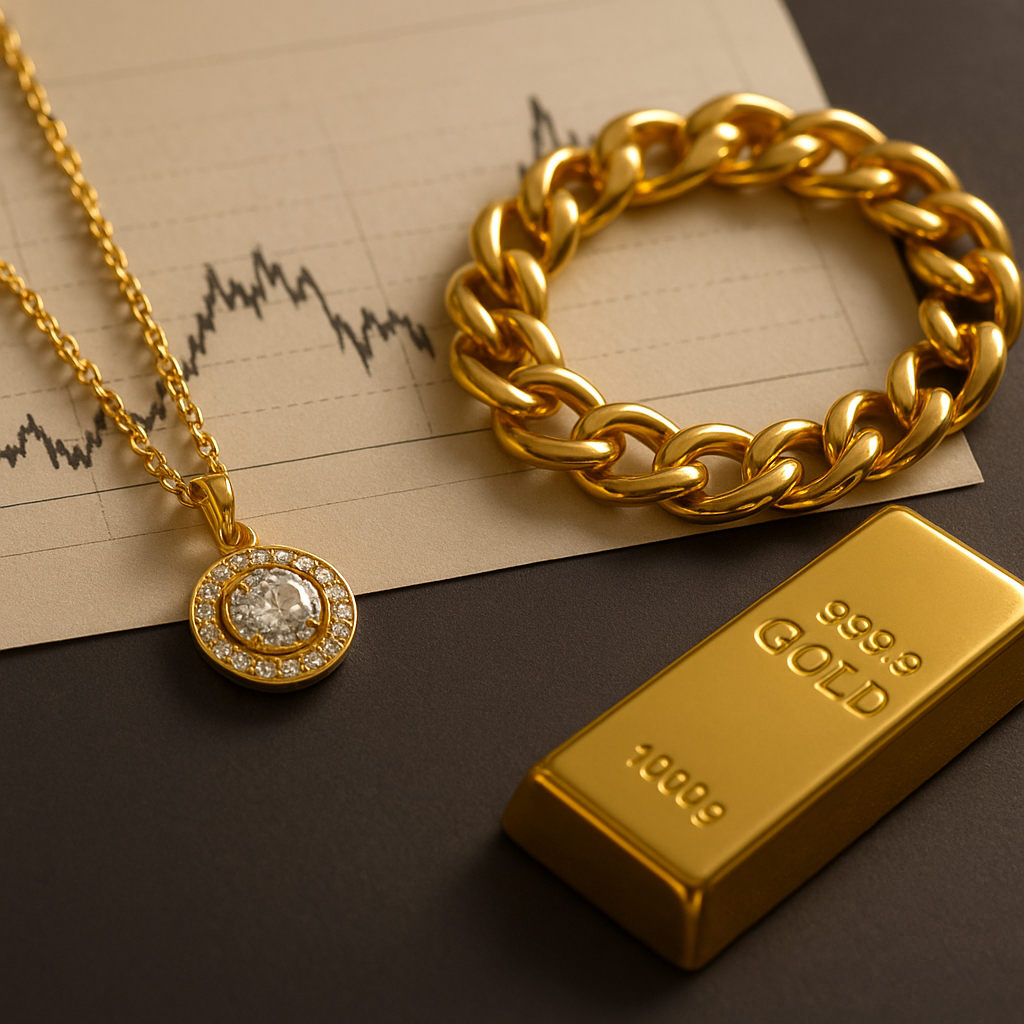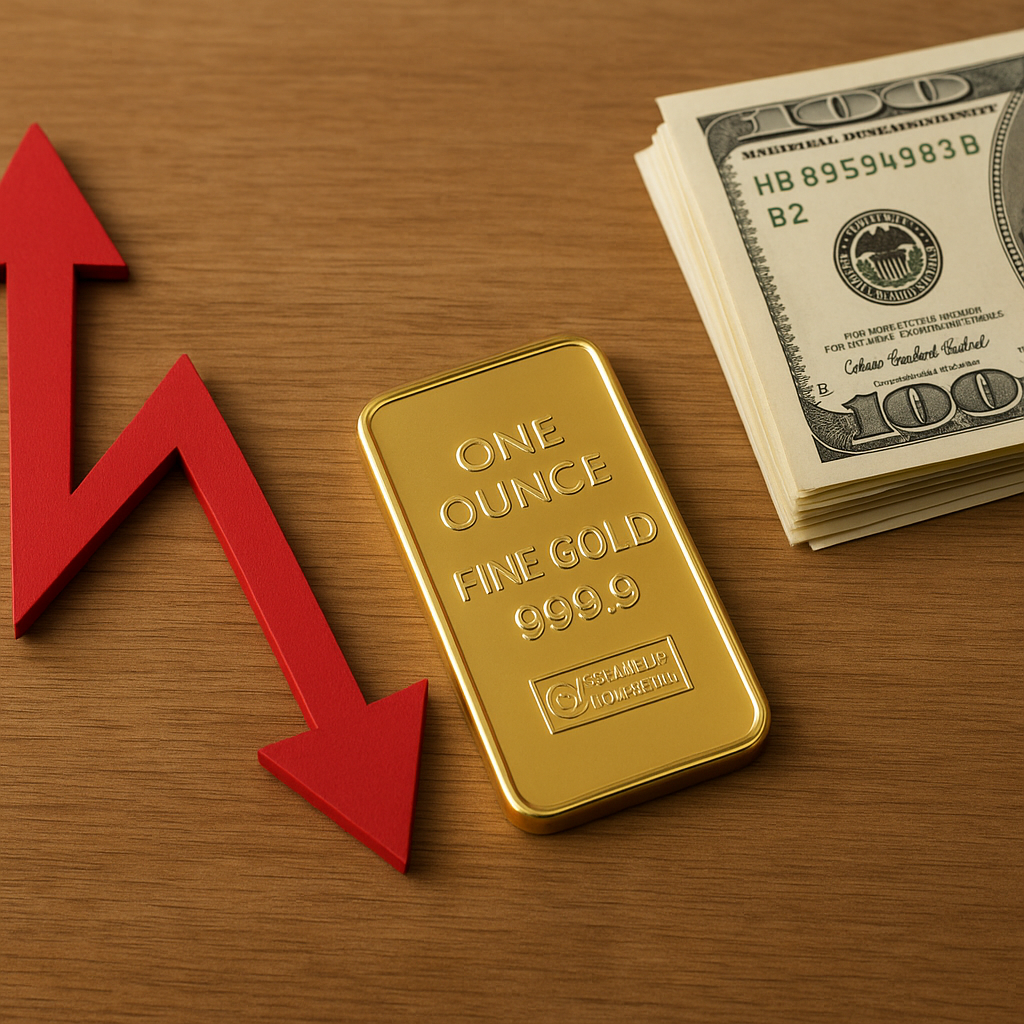The intricate relationship between interest rates and the price of gold has long been a subject of interest for economists, investors, and policymakers. As a precious metal with both industrial and investment value, gold’s price is influenced by a myriad of factors, with interest rates playing a pivotal role. Understanding this relationship is crucial for anyone looking to invest in gold or comprehend the broader economic landscape.
The Role of Interest Rates in the Economy
Interest rates are a fundamental tool used by central banks to control monetary policy. They influence the cost of borrowing, the return on savings, and the overall economic activity. When central banks, such as the Federal Reserve in the United States, adjust interest rates, they aim to either stimulate the economy or cool it down. Lowering interest rates makes borrowing cheaper, encouraging spending and investment, while raising rates can help control inflation by making borrowing more expensive.
Interest rates also have a direct impact on currency values. Higher interest rates tend to attract foreign capital, leading to an appreciation of the currency. Conversely, lower interest rates can lead to a depreciation. This fluctuation in currency value can have significant implications for the price of gold, which is often seen as a hedge against currency devaluation.
How Interest Rates Affect Gold Prices
The relationship between interest rates and gold prices is complex and multifaceted. Generally, there is an inverse relationship between the two. When interest rates rise, the opportunity cost of holding non-yielding assets like gold increases, as investors can earn higher returns from interest-bearing assets. This often leads to a decrease in the demand for gold, causing its price to fall.
Conversely, when interest rates are low, the opportunity cost of holding gold decreases, making it a more attractive investment. In such scenarios, investors may flock to gold as a store of value, especially during times of economic uncertainty or inflationary pressures. This increased demand can drive up the price of gold.
However, this relationship is not always straightforward. Other factors, such as geopolitical tensions, changes in supply and demand dynamics, and investor sentiment, can also influence gold prices. For instance, during times of financial crisis, gold is often seen as a safe haven asset, and its price may rise even if interest rates are high.
Historical Trends and Case Studies
Examining historical trends can provide valuable insights into how interest rates have influenced gold prices over time. For example, during the late 1970s and early 1980s, the United States experienced high inflation, leading the Federal Reserve to raise interest rates significantly. Despite the high rates, gold prices soared, reaching a peak in 1980. This anomaly was largely due to the prevailing economic uncertainty and geopolitical tensions, which drove investors to seek refuge in gold.
In contrast, the period following the 2008 financial crisis saw central banks around the world slashing interest rates to near-zero levels. During this time, gold prices experienced a significant rally, reaching record highs in 2011. The low interest rate environment, coupled with fears of inflation and currency devaluation, made gold an attractive investment.
Current Trends and Future Outlook
In recent years, the global economic landscape has been characterized by unprecedented monetary policies, including negative interest rates in some regions. This has created a unique environment for gold prices. While traditional economic theories suggest that low interest rates should support higher gold prices, the reality is more nuanced.
As of 2023, central banks are grappling with the challenge of balancing economic growth with inflationary pressures. The ongoing impact of the COVID-19 pandemic, supply chain disruptions, and geopolitical tensions continue to create uncertainty in the markets. In such an environment, gold remains a popular choice for investors seeking to diversify their portfolios and hedge against potential risks.
Looking ahead, the future of gold prices will likely be influenced by a combination of interest rate policies, economic growth prospects, and geopolitical developments. As central banks navigate the complexities of the post-pandemic recovery, their decisions on interest rates will play a crucial role in shaping the trajectory of gold prices.
Conclusion
The relationship between interest rates and the price of gold is a dynamic and evolving one. While interest rates are a key factor influencing gold prices, they are not the sole determinant. Investors must consider a range of factors, including economic conditions, geopolitical risks, and market sentiment, when assessing the potential impact of interest rates on gold.
As the global economy continues to face challenges and uncertainties, understanding the interplay between interest rates and gold prices will remain essential for investors and policymakers alike. By keeping a close eye on interest rate trends and their broader economic implications, stakeholders can make more informed decisions in the ever-changing landscape of the gold market.












